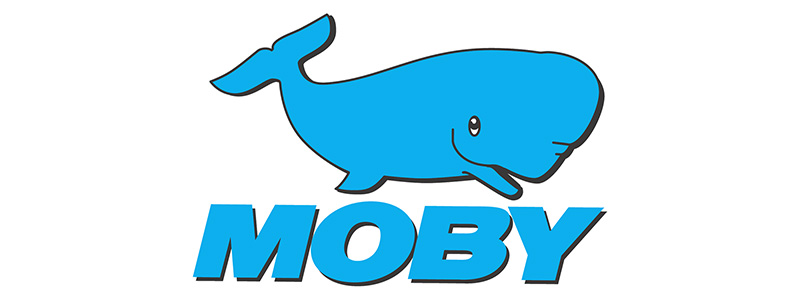“Financial Aid Ok, But In Accordance With Existing Rules,” Says Emanuel Grimaldi
Q1: Finnlines Group’s revenue was almost on previous year’s level
- Revenue EUR 130.5 million (-5%)
- Result EUR 20.7 million (+28%)
- Cargo units 186,000
- Cars (not including passengers’ cars) 41,000
- Passengers 121,000
“Operationally the quarter ended in difficult conditions, with a strong impact on passenger transport and a slowed down growth in business globally. Finnlines is not immune to this slowdown in global trade and we also need to mitigate the Covid-19 impact. Thus, we have taken steps to lower costs and have implemented cost-saving plan,” said CEO Mr Grimaldi in a news release.
“Governments across Europe have promised various emergency measures to shipping companies. This can lead to very unfair competition. Any financial aid has to be provided in accordance with existing rules, and that individual companies should not be singled out for support at the expense of more robust rivals. Any aid, either from governmental or from security of supply agencies, should be available to all shipping companies, regardless of their financial strength, in order to avoid distorting the marketplace and risking antitrust complaints. If the state intervenes, it has to intervene in a such way that it does not create unfair competition.”











